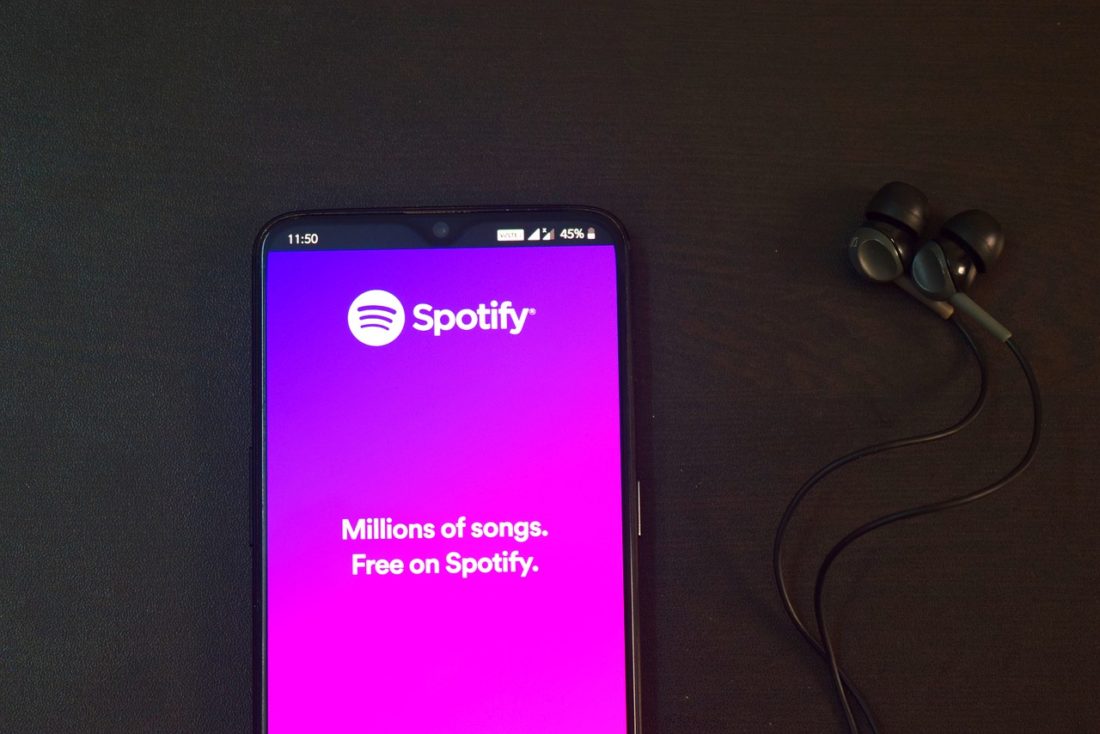The ways in which people listen to and access audio content has changed significantly over time, including revolutions sparked by the embrace of sheet music, concert halls, radio, records, and MP3s. In recent years another important shift has become apparent as audiences have increasingly turned to streaming audio and internet-connected devices.
How big of a deal is this? Are we entering a new age of audio?
To find out, it’s helpful to look at the Infinite Dial report, which is released annually by Edison Research. This media-focused survey of people ages 12+ has run for over 20 years; it provides a reliable view of how behaviors are evolving.
The takeaway is that everything from the “how” to the “what” of the audio experience is in flux.
Specifically, the research reveals that digital is transforming the landscape in these five key ways:
1. Listening to streaming audio is no longer a niche behavior.
If you need a single stat to tell the story of audio in 2020 it might be this. Some 68% of Americans have listened to online audio in the past month via streaming services or internet radio channels. This is up from 53% five years ago and 27% ten years ago.
Another key insight is that this behavior isn’t occasional nor is it fleeting. Among people who stream audio online weekly, the average time spent listening adds up to more than 15 hours per week.
Put simply: Listening to online audio has now fully moved from a niche behavior to the mainstream.
2. Hardware is becoming smarter and less specialized.
What’s driving the rapid embrace of streaming? A big factor is the proliferation of devices with always-on internet connections.
Specifically, 85% of the population ages 12+ have a smartphone. That’s 240 million Americans who can now access online audio at any time from anywhere
While smartphones are the most noticeable example, there’s a range of other devices whose growing popularity is also making online audio streaming more accessible. For example, some 27% of the population (76 million Americans) now own a smart speaker.
What’s important to note is that this hardware is not specialized. So, whereas in the past the primary focus of technologies such as radios and record players was simply to deliver audio to listen to, internet-enabled devices such as smartphones and smart speakers have a range of other capabilities. This means it’s increasingly possible to integrate elements into audio content which could not be included before, such as GPS data and instant information updates.
3. Powerful tech companies are gaining market share.
While smartphones and streaming have been around for a while, a fairly recent change to the landscape is that a few powerful brands have been steadily increasing their presence in the online audio market.
Specifically Apple, Amazon and Google have been betting big on audio and have been gaining share, seemingly at the expense of brands such as Pandora and SoundCloud.
This trend is especially pronounced with younger audiences. Among Americans ages 12-34, some 21% have listened to Apple Music in the last month, 15% to Amazon Music, and 10% to Google Play.
Although Spotify has so far been able to maintain its position, it’s recently voiced opposition to the Apple One media bundle. Clearly the company is worried how its tech behemoth competitors are going to impact the market—something brands and creators should be watching closely as well.
4. The car is no longer all about traditional radio.
Online audio has been steadily gaining ground in homes and offices for years. Traditional radio has been able to maintain its relevance thanks largely to another highly popular location for listening: the car.
That bulwark now appears to be showing some cracks. While 81% of Americans still say they’ve listened to AM/FM radio in their car in the last month, the share listening to owned digital music (48%), online radio (33%), and podcasts (28%) has crept up noticeably over the past year.
These numbers by no means show that Americans are abandoning traditional radio for digital channels in droves. However, they do indicate that people are increasingly becoming familiar with streaming digital audio content while in their cars. That’s similar to what happened in offices and homes—listeners took time to acclimate to the new tech then increasingly changed their behaviors—and could indicate a bigger shift is coming.
5. What people listen to is changing.
Why are all these changes so important? In part because the shifts in how people listen to audio impact everything; from total time spent with the medium to the ways in which advertising is delivered.
They also matter because what people listen to is evolving. For example, the digital-first format of podcasts has exploded in popularity in recent years. Some 37% of Americans say they listen to podcasts each month, up from 17% five years ago.
While some podcasts are very similar to what’s been around for a long time, others—such as serialized narratives that can be binged all at once—are much different from what’s existed in the past.
Ultimately, that highlights an essential point. As these behaviors, devices, and platforms continue to gain in popularity over the next few years, the nature of what audio content is and how it is delivered is going to continue to fundamentally change as well.
Image by Deepanker Verma
